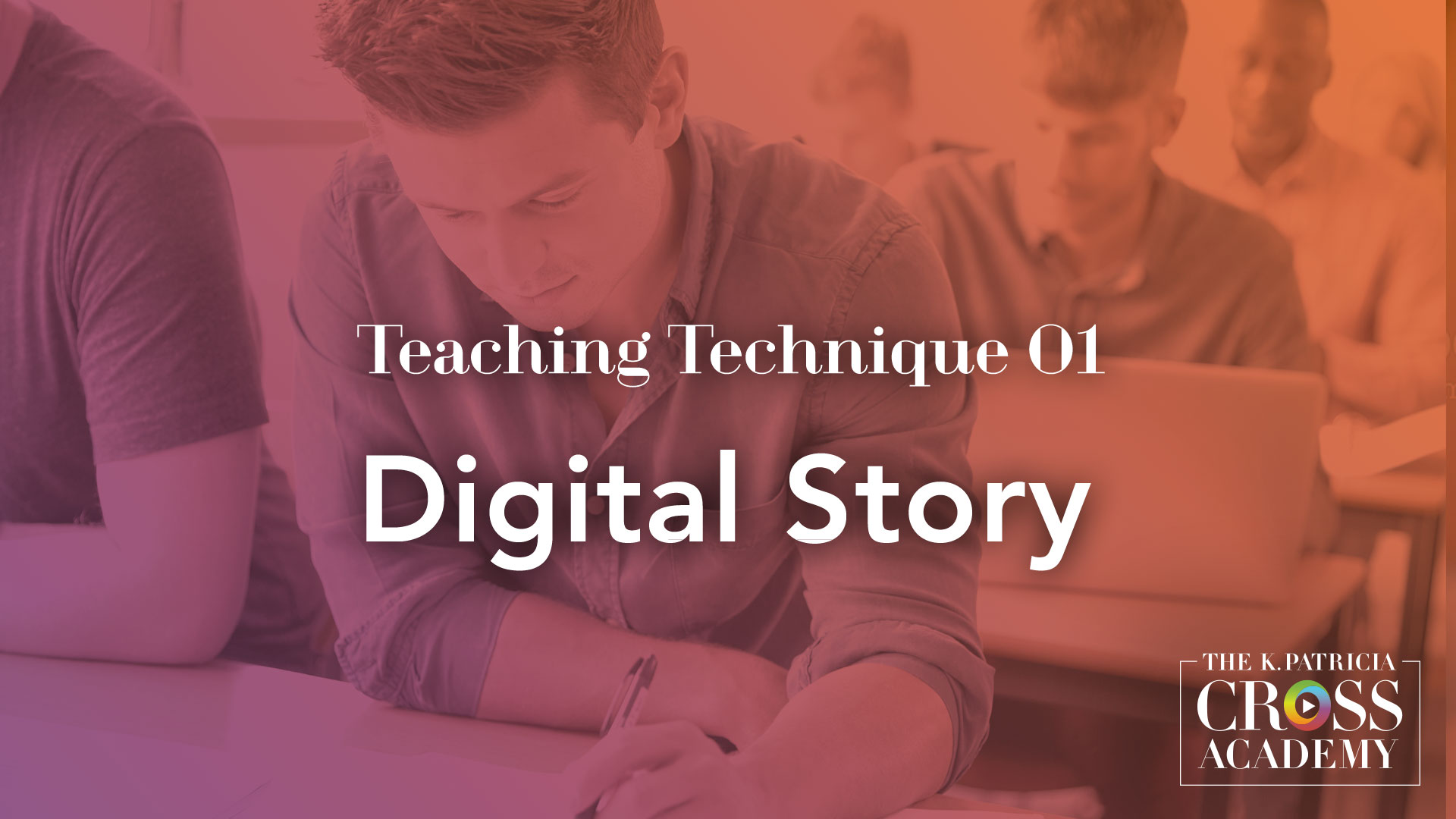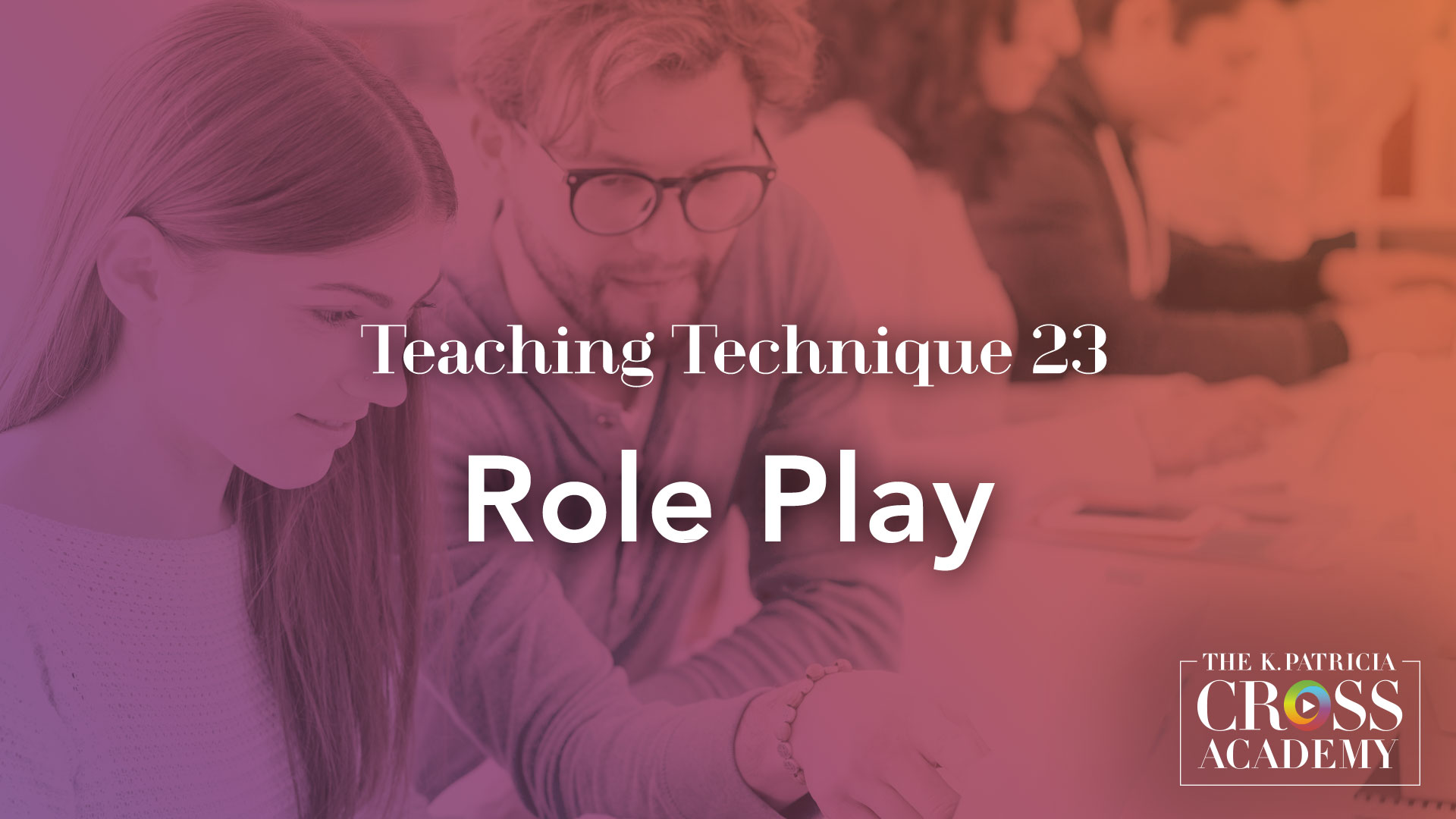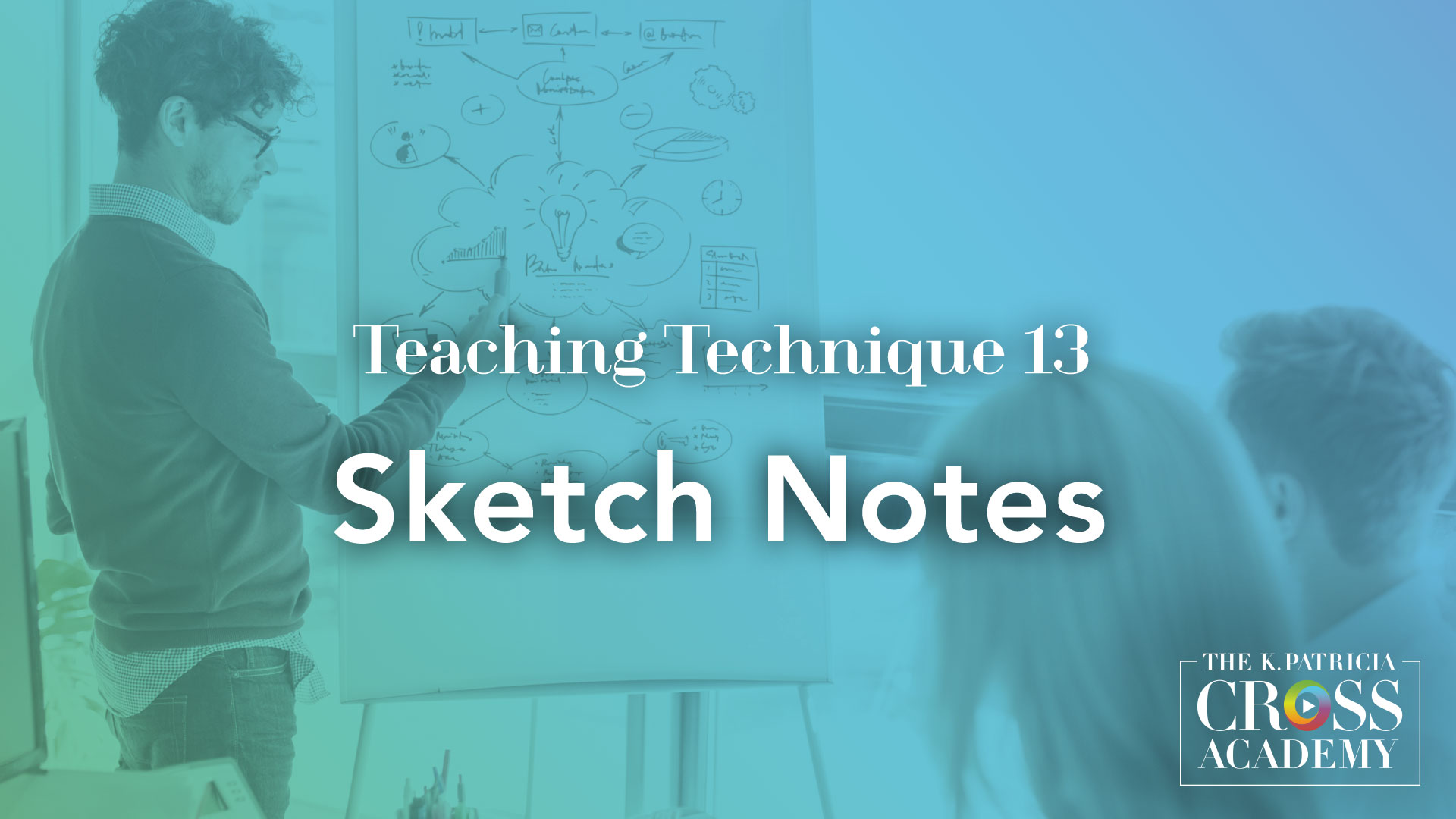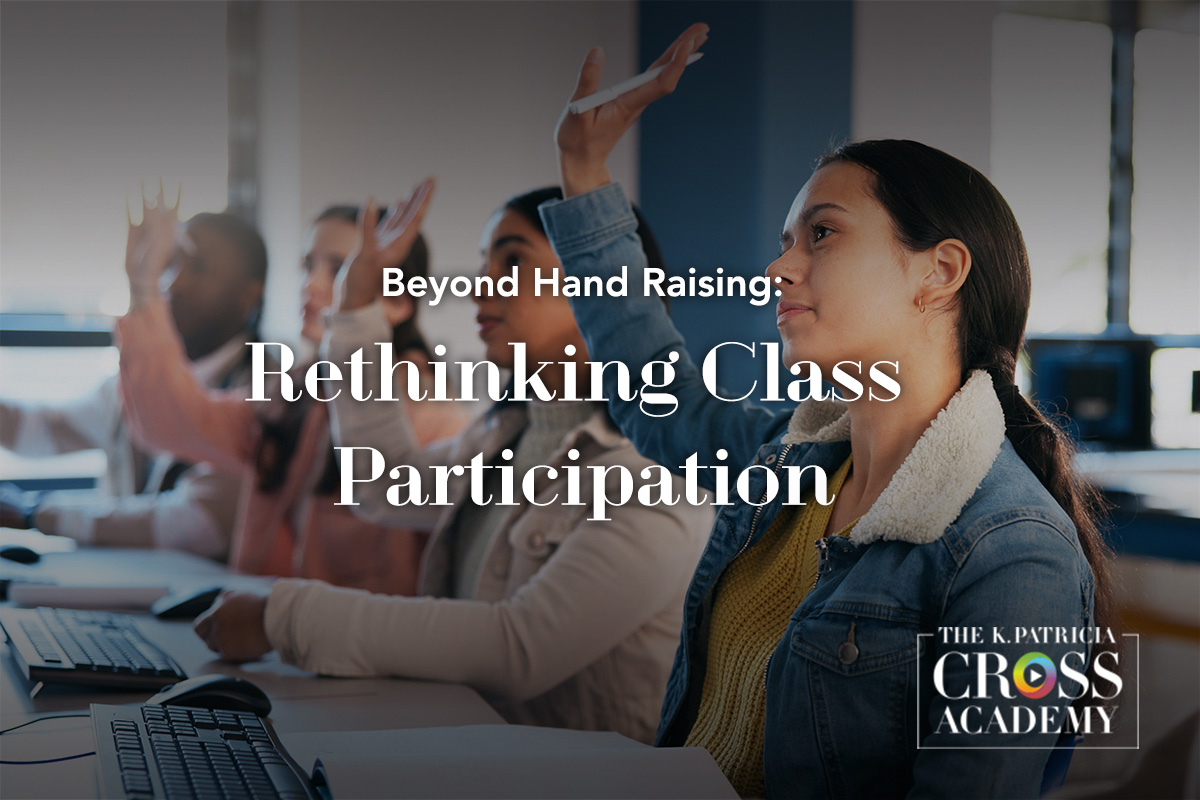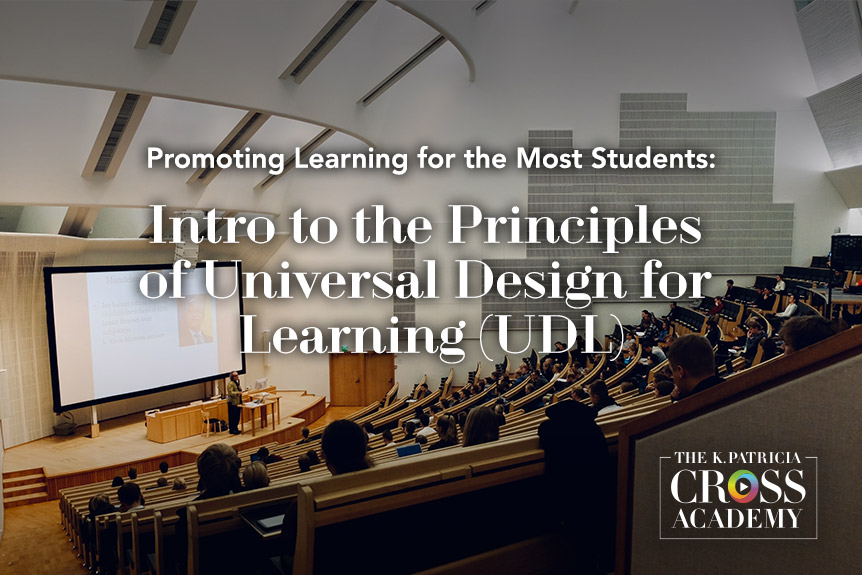
The best teachers want the highest possible number of students in their classes to learn from their instruction. One way to achieve this is to employ principles of Universal Design for Learning (UDL). UDL is the educational application of the basic ideas of Universal Design, a concept developed to guide the construction of buildings and products so that they are accessible to the largest number of people. UDL has adapted this construction-based use and applied it to teaching by focusing on using teaching strategies that accommodate the needs and abilities of all students and removing unnecessary learning barriers. As Rose et al. (nd) suggest, UDL can influence the creation of adaptable learning environments that accommodate individual learning differences.
The concept of UDL acknowledges that access to information and materials is frequently necessary for learning, but it is not sufficient. UDL means that teachers must strive not only to create accessible content, but also to employ accessible pedagogy. The UDL paradigm is founded on cognitive neuroscience results that inform us about the needs of individual learners. It integrates accessible pedagogy into three specific and fundamental teaching considerations:
- the methods of expressing information,
- the means for students’ presentation of knowledge, and
- the means of learning engagement (Rose et al, nd, p. 2).
In practice, this collection of principles entails delivering information in a variety of formats and providing students with options for demonstrating their learning.
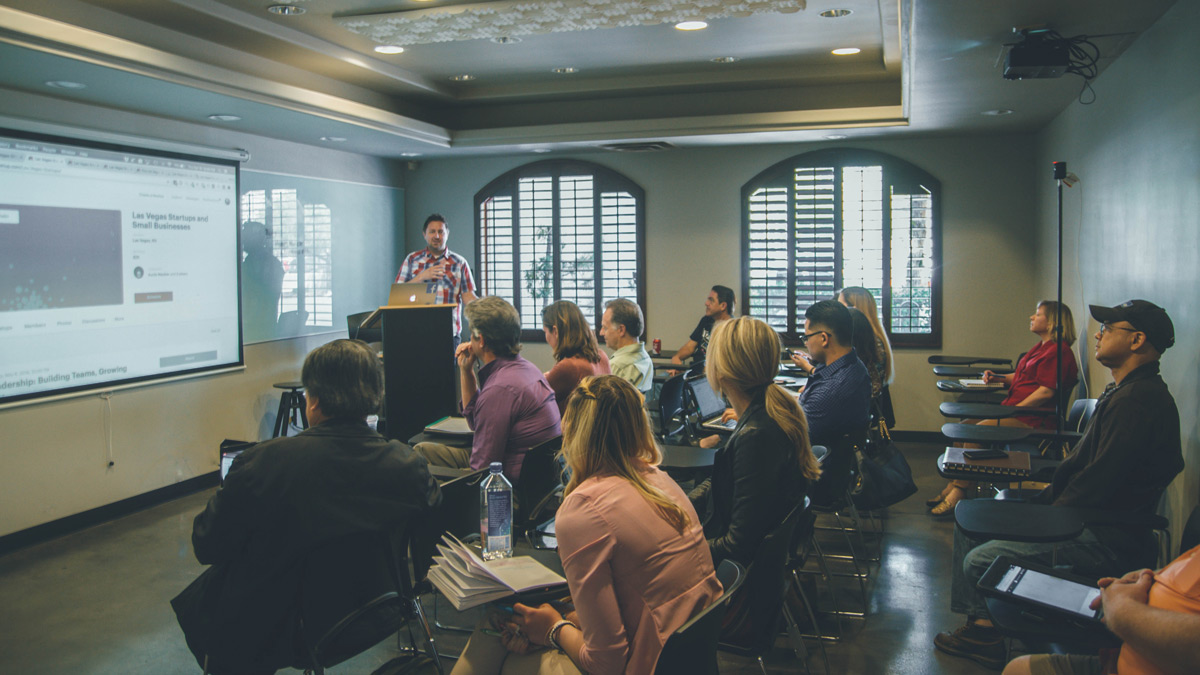
A UDL-designed educational plan is shaped from the outset to address the requirements of the greatest number of students. Consequently, producing course content, including lectures, with Universal Design in mind will help not only students with impairments, but all students. Clearly, all students can benefit from multiple and flexible options for obtaining information, expressing their own ideas, and participating in class.
Following the fundamental principles of Universal Design assists instructors in designing more accessible environments, activities, and materials. It can help students engage with materials that can assist them in enhancing their learning competencies and methods. Using UDL principles as a guide for instructional design may assist instructors in removing potential barriers to learning and any other learning hurdles that students may encounter. In this way, UDL fosters an inclusive learning environment.
Main Idea
Universal Design for Learning (UDL) is an instructional design method that can assist educators in developing learning environments and resources that not only make education more accessible for students with disabilities but also benefit all students. Individual student needs can be met through the provision of options for how students receive instruction, express their thoughts, and engage in learning activities.
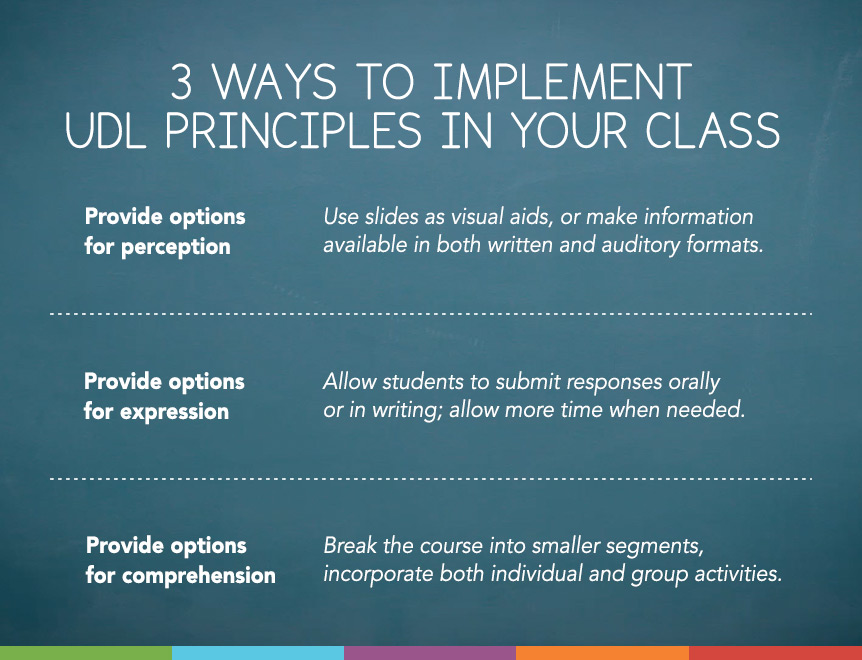
To follow UDL principles, consider the following suggestions, proposed by Cornell University’s Teaching Center website (2012) and Rose and Meyer (2002):
Provide options for perception.
Based on the premise that learners may access information differently or may have different learning preferences and abilities, this principle means providing students with multiple and flexible ways to receive information.
For a lecturer this might mean using presentation slides as a visual supplement to the lecture, providing materials in large font, or even making information accessible in both auditory and written formats. It might also mean helping students work with a note taker or interpreter.
Provide options for expression.
Based on the notion that students differ in their abilities to demonstrate their learning, this principle means providing multiple and flexible options for allowing students to express their knowledge or to demonstrate their skills.
For a lecturer, this might mean asking students to respond to a question by an online poll rather than having to raise a hand in class. It might mean allowing them to submit responses in writing instead of requiring oral expression. Or it might mean providing extra time to students who need it.
Provide options for comprehension.
This principle is based upon the idea that students have different motivations for learning and that they vary as to the types of learning activities that keep them engaged. This third principle means providing multiple ways for engaging in course activities.
For a lecturer, this principle might mean breaking the lecture up into smaller segments and incorporating different individual or group activities.
UDL means that teachers must strive not only to create accessible content, but also to employ accessible pedagogy.
Example
A professor teaching a large lecture course thought that the principles of Universal Design for Learning were critical for ensuring that all students had the best possible access to the course content and materials. She took the following steps.
1. Options for Perception
- Used black font on white background for high contrast in slide deck.
- Used 36-point font or higher for slides.
- Printed all handouts in large font, including notes from her slide deck as well as the slide deck itself. She made sure there was high contrast between the background and text.
- Provided students with a hand-out that included all the complicated formulas that could be difficult to copy during the lecture.
- Recorded the videos and made them available online; she was sure to use closed-captioning.
- Ensured that captions were turned on in the short video clips she showed during the lecture.
2. Provide Options for Expression
- Used a clicker system for student responses.
- Used Think-Pair-Share so students had time to compose their thoughts prior to being called upon.
- Used Free Writes and One Sentence Summaries to have students respond to questions.
3. Provide Options for Comprehension
- Provided “brain breaks” every 20 minutes so that students could catch up with note taking.
- Supplemented 20-minute micro-lectures with short, small group activities.
In this large class, she also worked with an interpreter. She provided scripts in advance of lectures and took short breaks to allow the interpreter to catch up. She noticed that the students quickly became accustomed to the interpreter’s presence.
Providing educational options does not mean decreasing standards or expectations. If one of the stated learning outcomes for a course is that students will be able to communicate in writing, for instance, UDL does not suggest that you eliminate that outcome or include an option for an oral presentation. If, on the other hand, your objective is for students to demonstrate understanding of the causes of World War II, it may be fair to give them the option of responding orally or in writing. If you are uncertain, it may be helpful to contact a disability services office.
What are some Cross Academy Techniques that help support Universal Design for Learning?
One way you can strive to create a course that incorporates principles of UDL is to expand your repertoire of activities and assignments so that students have more options on how to demonstrate their learning. For example, rather than always using text-based assessments, consider one of the following activities.
Students use computer-based tools, such as video, audio, graphics, and web publishing, to tell personal or academic stories about life experiences relevant to course themes.
A Role Play is a created situation in which students deliberately act out or assume characters or identities they would not normally assume.
For Sketch Notes, students use handwritten words and visual elements as drawings, boxes, lines, and arrows to illustrate the main concepts from a lecture, as well as their interrelations.
Email us to receive information about new blog posts.
Key Reference and Resources
Barkley, E. F., & Major, C. H. (2018). Interactive lecturing: A handbook for college faculty. Jossey Bass/Wiley.
Burgstahler, S., & Cory, R. (2008). Universal design in higher education: From principles to practice. Harvard Education Press.
Cornell University’s Teaching Center. (2020). Universal design for learning.
https://teaching.cornell.edu/teaching-resources/designing-your-course/universal-design-learning
Rose, D. H., Harbour, W. A., Johnston, C. S., Daley, S. G., & Abarbanell, L. (2006). Universal design for learning in postsecondary education: Reflections on principles and their applications. Journal of Postsecondary Education and Disability, 19(2), 135-151.
Rose, D.H. & Meyer, A. (2002) Teaching every student in the digital age: Universal Design for Learning. Alexandria.
Suggested Citation
Barkley, E. F., & Major, C. H. (n.d.). Promoting learning for the most students: Intro to the principles of Universal Design for Learning (UDL). CrossCurrents. https://kpcrossacademy.ua.edu/promoting-learning-the-principles-of-universal-design-for-learning-udl/
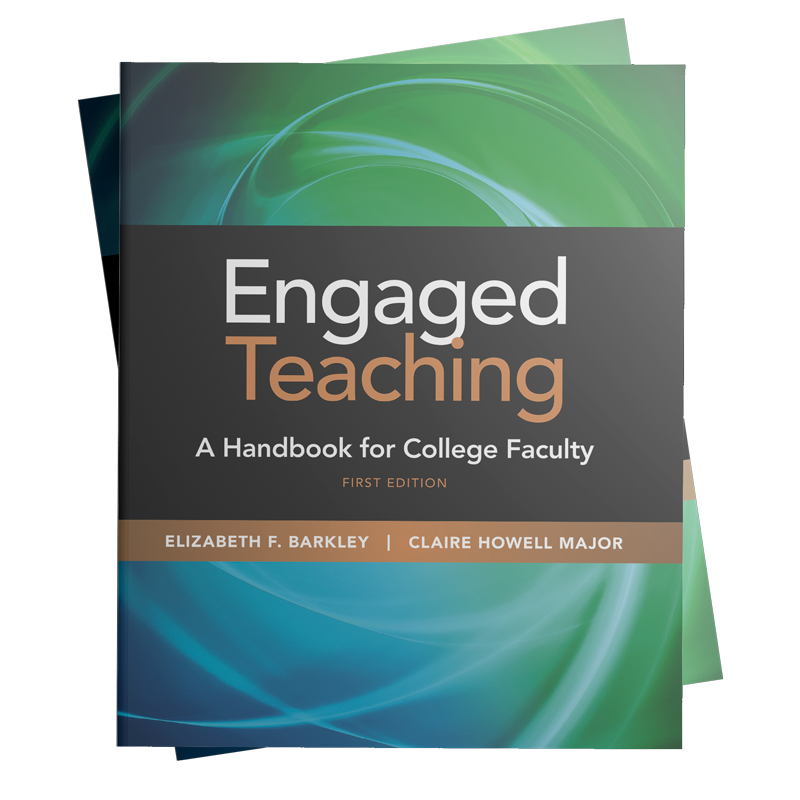
Engaged Teaching
A Handbook for College Faculty
Available now, Engaged Teaching: A Handbook for College Faculty provides college faculty with a dynamic model of what it means to be an engaged teacher and offers practical strategies and techniques for putting the model into practice.
